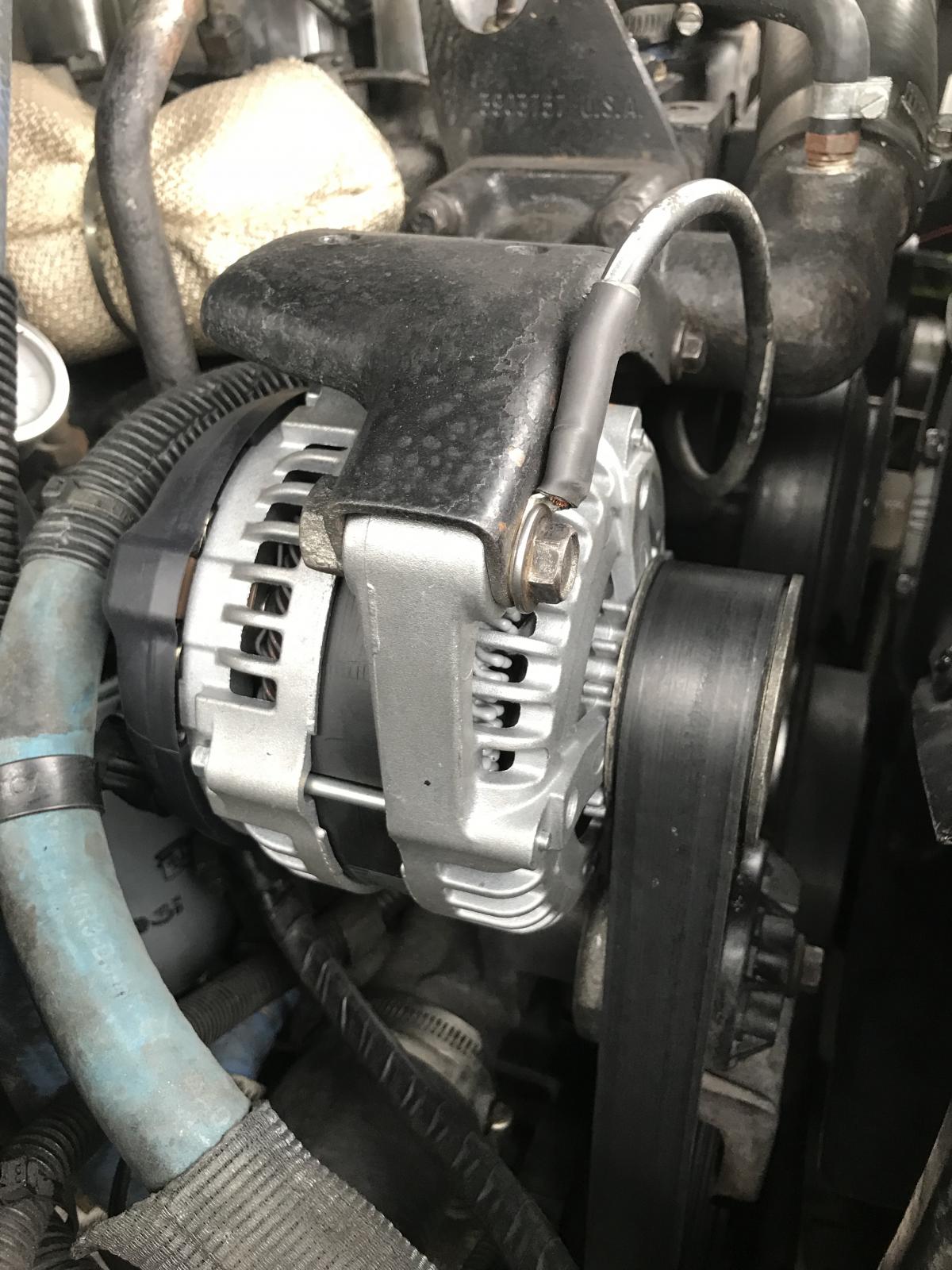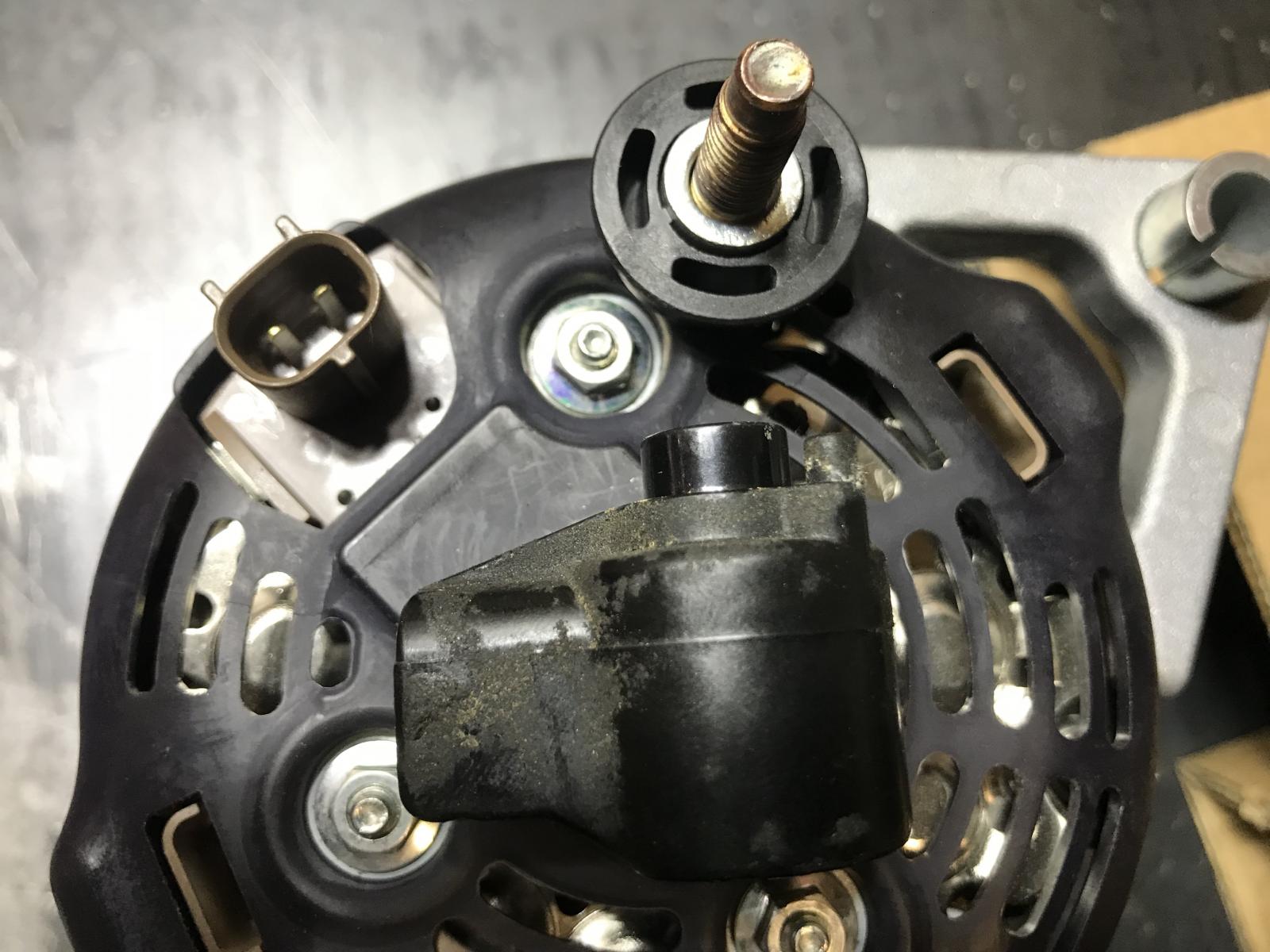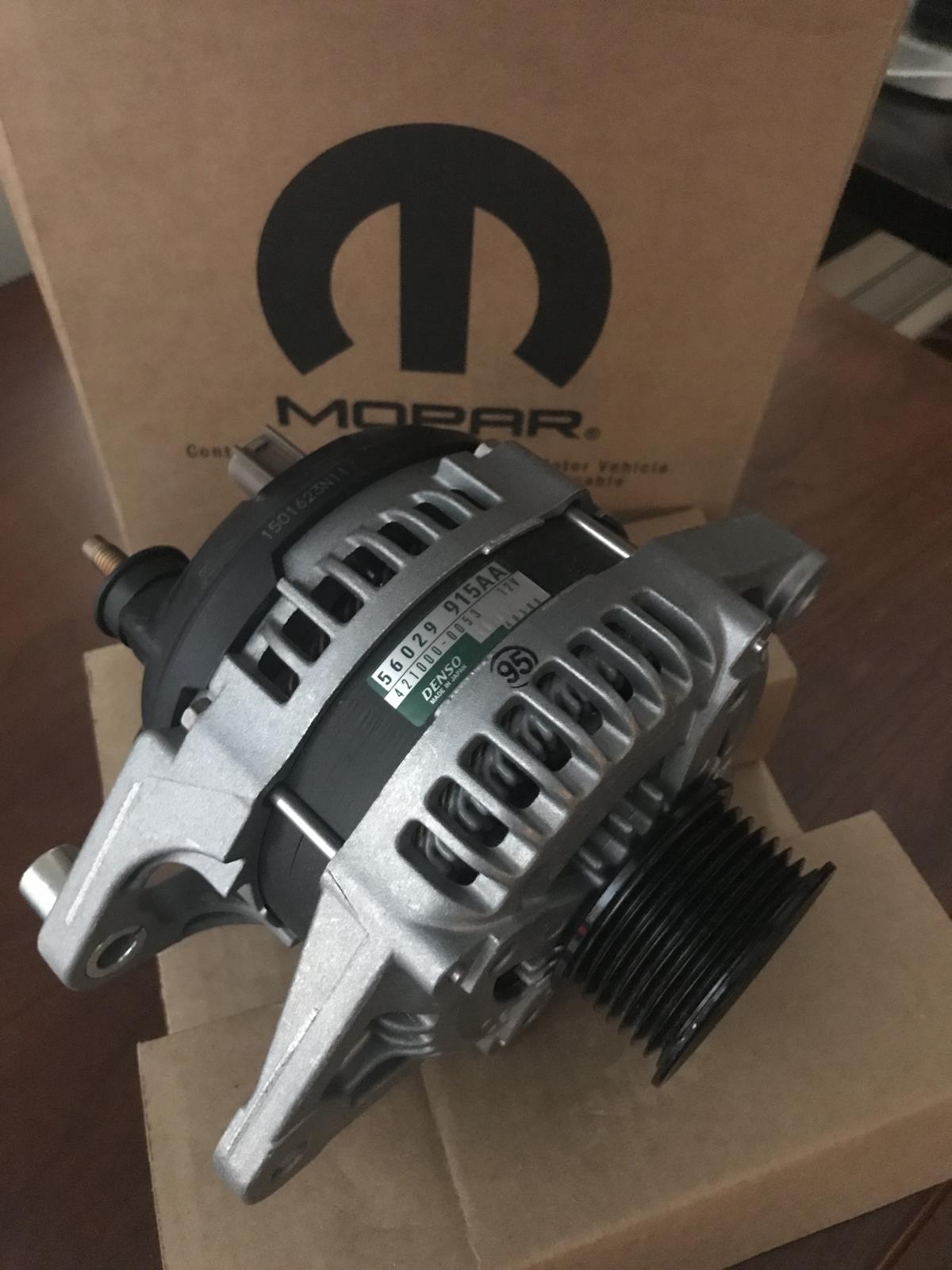- Replies 63
- Views 8.6k
- Created
- Last Reply
Top Posters In This Topic
-
 Mopar1973Man 17 posts
Mopar1973Man 17 posts -
 dripley 10 posts
dripley 10 posts -
dave110 9 posts
-
 2000Ram2500 8 posts
2000Ram2500 8 posts
Most Popular Posts
-
I thought they stuffed chicken in a casket.
-
Just need brain food.
-
A cost effective way to get a better alternator with 12 diodes & a 6 phase stator is the 160amp "Police package" unit used on some early 2000's Durangos & LEO vehicles. You'll nee
Featured Replies
Did This Forum Post Help You?
Show the author some love by liking their post!
Welcome To Mopar1973Man.Com LLC
We are privately owned, with access to a professional Diesel Mechanic, who can provide additional support for Dodge Ram Cummins Diesel vehicles. Many detailed information is FREE and available to read. However, in order to interact directly with our Diesel Mechanic, Michael, by phone, via zoom, or as the web-based option, Subscription Plans are offered that will enable these and other features. Go to the Subscription Page and Select a desired plan. At any time you wish to cancel the Subscription, click Subscription Page, select the 'Cancel' button, and it will be canceled. For your convenience, all subscriptions are on auto-renewal.







Something I figured out the other day. I had started my truck cold after doing a valve adjustment and the grid heater was cycling in and out as normal. Then I placed my hand on the back of the alternator near the diode plate and Wow! that thing gets hot. Even with the Quadzilla bumping up the idle to 1,200 RPM with its own high idle the draw of the grid heater is considerable.
I'm starting to think it might a be a good suggestion to replace my grid heater here in the future and see if the diode heat is reduced.